|
Highlights
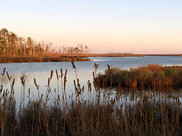
By absorbing and storing greenhouse gases like carbon dioxide, coastal habitats like salt marshes, mangroves, and seagrass beds play an important role in addressing climate change. Learn how NOAA Fisheries works to protect and restore these important coastal habitats and the climate benefits they provide. Contact: Janine Harris
|
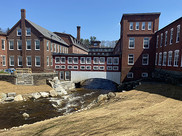
After more than a decade of planning, the removal of the Upper and Lower Sawyer Mill Dams in Dover, New Hampshire, is complete. This NOAA-supported project has reopened river habitat for migratory fish and protected the residents of nearby apartments from flood risks associated with the two dams. Contact: Eric Hutchins.
|
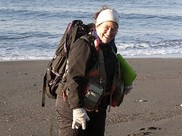
NOAA and the American Fisheries Society are thrilled to honor Dr. Anne Shaffer with the 2020 Dr. Nancy Foster Habitat Conservation Award. Throughout her career, Dr. Shaffer has been a champion of nearshore marine science and conservation, and has demonstrated a passion for mentorship and public outreach. Dr. Shaffer joins 24 previous winners of this prestigious award. Contact: Katie Wagner
|
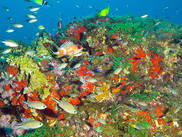
In 2020, NOAA Habitat continued our decades of work protecting and restoring habitat. We also told great stories to enlighten readers and viewers about the value of habitat to fisheries and communities. Here are the stories, videos and topics that surfaced as our most popular content throughout the year. Contact: Alison Hammer
|

NOAA and the National Fish and Wildlife Foundation are in our fifth year working with pelagic fishermen to restore species like tuna and swordfish impacted by the Deepwater Horizon oil spill. Trillions of fish and other larvae were killed by the oil. This is one of many efforts engaging directly with fishermen to restore the Gulf of Mexico’s resources. Contact: Amy Piko
|
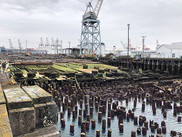
NOAA and other agencies and tribes (Trustees) restoring Superfund sites along Washington’s Lower Duwamish River asking for public comments on more than $40 million in proposed habitat restoration projects. Also available for public comment is an associated legal settlement with some companies responsible for pollution in the river. Contact: Terill Hollweg
|
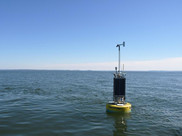
Scientists use data from NOAA buoys and satellites to track water temperatures and dissolved oxygen and salinity levels in the Chesapeake Bay. Analysis on how these differ from average may affect species that live in the Bay. How might 2020 have affected key Chesapeake species? This article provides some highlights. Contact: Kim Couranz
|
|
|
Habitat Across NOAA
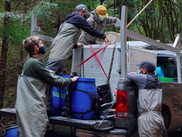
After years of habitat restoration, in collaboration with local landowners, 10,000 juvenile coho salmon were released into Pescadero Creek in northern California, hopefully boosting the chances of recovering this endangered fish.
|
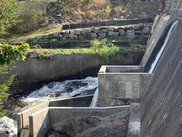
NOAA Fisheries is working with the dam owners to improve fish passage for river herring and American eels on a tributary of the Kennebec River in Gardiner, Maine. If the restoration efforts at all three dams are successful, they will go a long way towards restoring sea-run fish populations on Cobbosseecontee Stream. The new plunge pool and eel ramp at the American Tissue Dam are a first step in this process.
|
|
|
Announcements
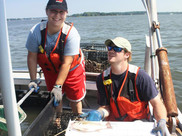
College students, are you considering a career in marine biology, oceanography, environmental education, climate science, or a related field? We invite you to apply for one of the NOAA Chesapeake Bay Office’s six summer 2021 internships. Applications for all six internships are due by February 20.
|
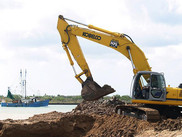
New speakers for the 2021 monthly Restoration Webinar Series have been scheduled from February through June—covering topics such as native plant restoration, floodplain management, and avoiding the use of plastics in wetland restoration. Contact: Melanie Gange
|
|
|
|
|